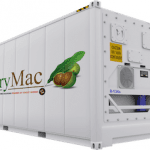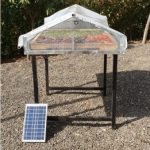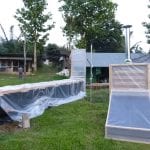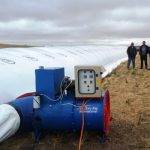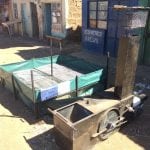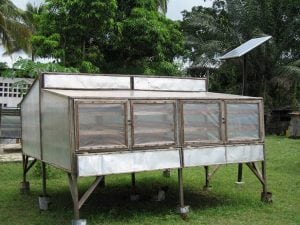Claphijo Enterprises Solar Dryer
Claphijo Enterprises
Calphijo Enterprises Solar Dryer is a fruit and vegetable dryer used during post harvest stage.
Claphijo Enterprises Solar Dryer is a fruit and vegetable dryer completely powered by solar energy. The system uses heat of the sun to reduce the moisture content of a product (fresh fruits, vegetables, meat, fish), while drying causes minimum damage to the product.The solar dryer aims to improve food security in Tanzania. The solar dryer comes with two pots, is easily portable, and is made from local wood, a plastic sheet and wire mesh.
Currently in Tanzania. Exploring opportunities in Kenya.
Claphijo Enterprises distributes the solar dryers. The company tested prototypes in three villages and trained farmer groups on how to use the drier.
Prices range according to sizes from USD 300 to 700 per unit/piece Interview with manufacturer, that is to say from Tsh 650,000 to 1,500,000.00 (June 2016)
Goal 2: Increased food security with an extended shelf life of fruits and vegetables. Consumption of healthy dry fruit snacks.
Goal 7: Ensure access to affordable, reliable, sustainable and modern energy for all.
Users range from small enterprises to privately owned farms in Tanzania. One dryer could be operated by an entrepreneur that buys fruit from local farmers. The solar oven helps women to save a substantial amount each month on what they would have paid for electricity.
